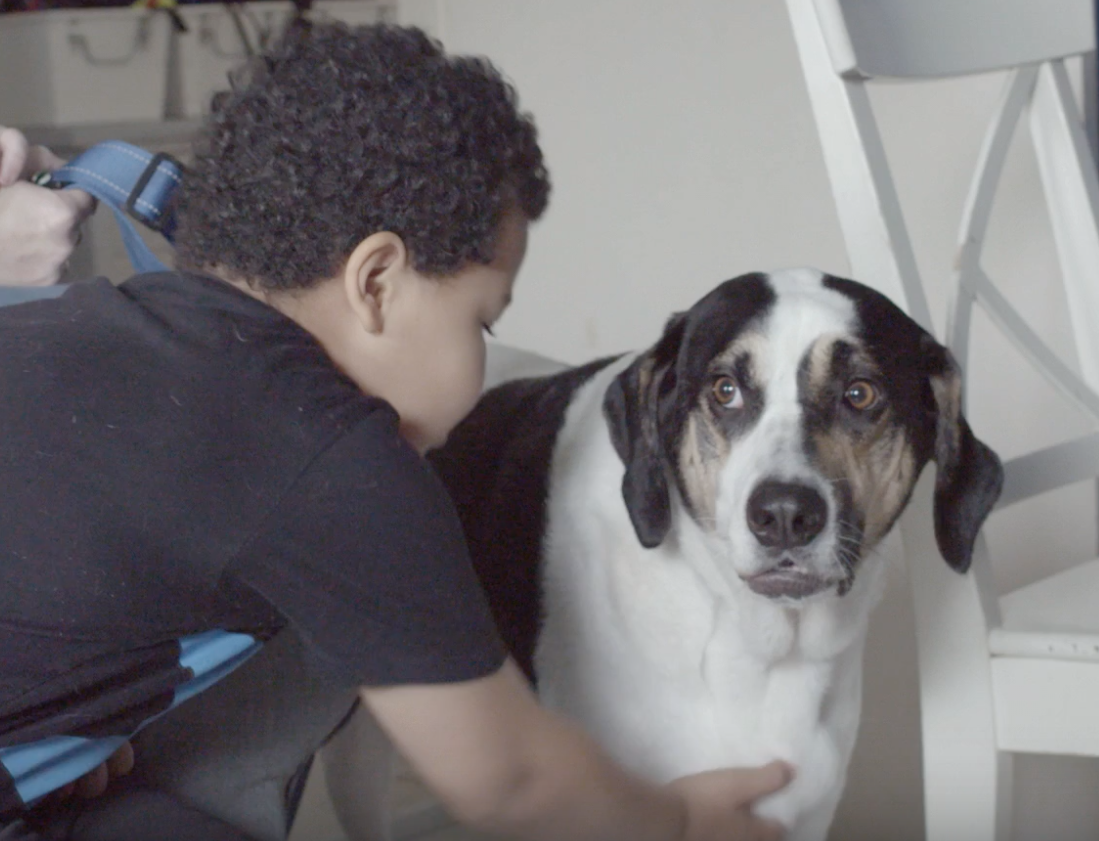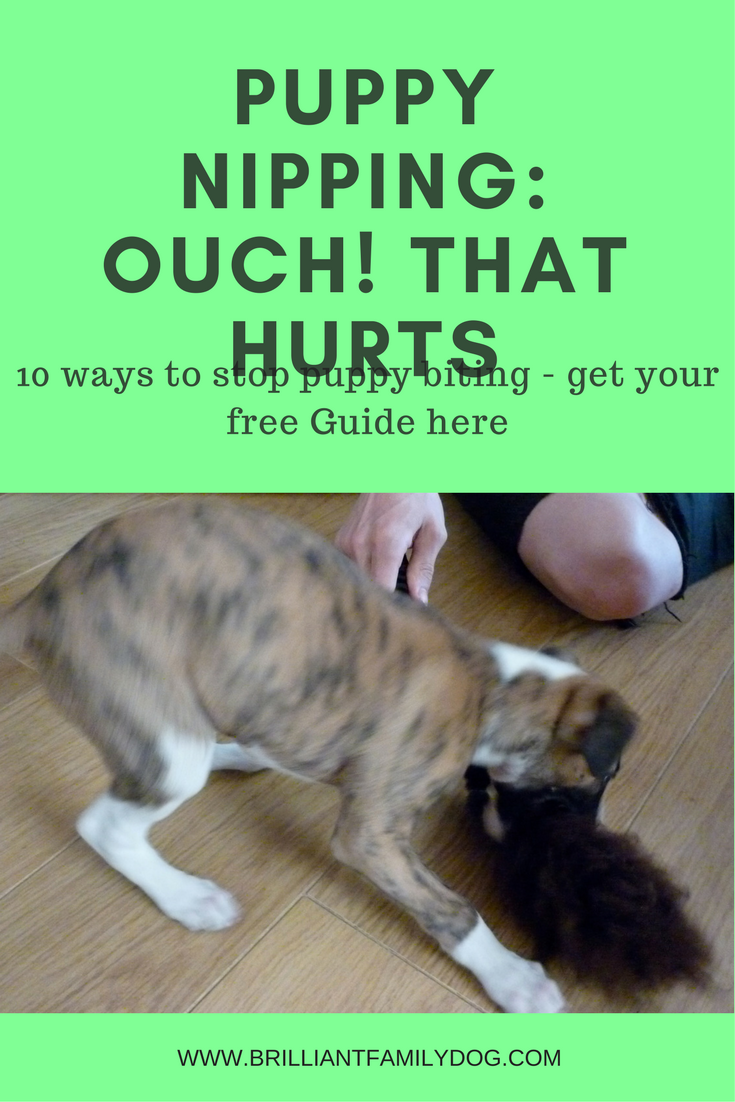So many people have turned to our friend the dog to help them through the troubled times of the last year and a half.
And so many of them had NO idea what they were getting themselves into when they rushed out and bought the first puppy they saw! No research, no experience, no realisation of the murky underworld of money-grabbing, unprincipled, “puppy farmers”, just a desire for companionship.
And that desire is all well and good, but we’re talking about bringing a different species into our homes. Of course there will be teething problems!
Puppy socialisation
One of the things which we dog professionals work so hard to explain to our students is in how the dog’s brain works in regard to meeting new experiences, people, objects, children, animals, places.
That’s what socialisation is really about.
Many new dog-owners think they have to thrust their puppy or new rescue dog into the face of every passing dog. This is a hazardous plan, and frequently backfires!
But it’s not just about meeting other dogs.
And many, many of these Pandemic Puppies have been confined at home by lockdowns, and have missed some or ALL of their socialisation period.
For the dog is so designed that they will accept new things up to the age of about 15 weeks. After that, their “socialisation window” closes with a bang, and they will regard new things with a certain amount of suspicion.
If you’ve introduced them to noisy traffic early on, they may accept a noisy train even if seeing it after the shut-off age of 15 weeks.
But they may not.
Dogs are not great at generalising experiences. They tend to see everything as an individual occurrence.
Socialising to people
And this is particularly important with people.
We may see all people as much of a muchness - older, younger, bigger, smaller, brown, white - they’re all people.
But your dog sees them as quite separate entities!
The way an old man hobbles, leaning on a stick, is totally different from how a lithe teenager skims along, or a toddler wobbles unpredictably.
This is what the dog sees!
And the dog in this picture is showing extreme anxiety at being cornered by this well-meaning child. This warning, unheeded, could result in a snap or even a bite. A knowledge of Dog Body Language is essential for any would-be dog-owner.
So if your dog’s been kept at home for his first few weeks of life, and this has been compounded by being kept away from what we accept as normal life for many more months as he matures, then we are presenting our young dog with a challenge he is ill-equipped to deal with!
Suddenly there are children visiting the home - his safe fortress where no-one but his immediate family ever ventured. These new curious creatures are noisy, erratic, jumpy, armed with food and toys. They are quite unlike any other human he has encountered. He has no idea what to make of them.
And unless given a slow introduction and a safe haven away from the intruders, things could rapidly go pear-shaped.
How to make up for missed “socialisation”
You can’t.
What your puppy missed before 15 weeks cannot now be put back.
But this is not all gloom and doom!
There’s plenty you can do.
You need to give your dog new experiences, very gradually and without pressure. He needs to learn slowly but surely that these new things in his life are not dangerous.
So a visit to the park to watch children playing from a safe distance would be a good start. There’s no need for him to actually meet any until he’s comfortable at a distance.
And, of course, it takes two to tango - teaching the visiting children how to behave round a dog is a vital continuation!
There are some great pointers on how to do this in this post
And some very useful resources below to help you make dogs meeting children a safe and enjoyable experience all round.
Meanwhile, to find out more of how your dog’s brain works, and how you can get the best results with your new friend, watch our free Workshop here
RESOURCES
















